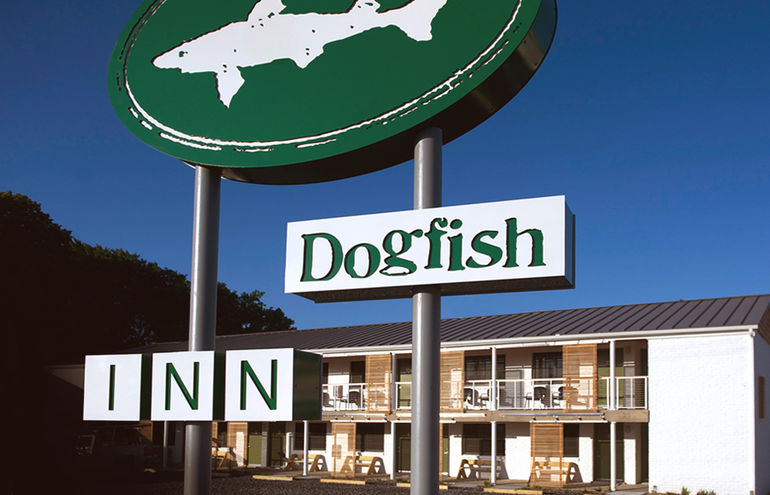Start 14-Day Trial Subscription
*No credit card required

Breweries Move Beyond Beer
Mirroring the homegrown aspect of craft brewing, many brewers have taken to growing their own ingredients for both food and drink.
Austin-based Jester King recently announced a 58-acre purchase of the land surrounding its brewery, with the intent to turn the parcel into a fully-functioning farm. Bell’s, Rogue, Stone, and myriad others have working farms that lend credence to the term “renaissance” in relation to craft beer.
 It takes a lot of resources to put a six-pack on a shelf, and while having a wider selection of beers to choose from is a joy, actively mitigating environmental impact reflects some of the best aspects of the homegrown mentality. New Belgium is an industry leader, diverting 99 percent of its waste and working to reduce the amount of water it consumes through reuse along with brewing practices such as dry-hopping, removing the need to bathe hops.
It takes a lot of resources to put a six-pack on a shelf, and while having a wider selection of beers to choose from is a joy, actively mitigating environmental impact reflects some of the best aspects of the homegrown mentality. New Belgium is an industry leader, diverting 99 percent of its waste and working to reduce the amount of water it consumes through reuse along with brewing practices such as dry-hopping, removing the need to bathe hops.
The PakTech six-pack carrier is gaining popularity as an alternative to traditional cardboard or plastic ring carriers.
Industry practices such as using cans over bottles, and the increasingly prominent PakTech six-pack carrier (the plastic apparatus that clips onto the tops of cans), allow for easier recycling and disposal. Even waste products can be a viable source of income for a brewery, which can sell its spent grain as cattle feed, compost or to be made into a host of products including bread and soap.
As quality beer becomes increasingly common, a brewery’s identity and versatility becomes a larger factor. We can’t wait to see who will open the first beer themepark. Our bets are on Brewdog.
Photo Credit: Handlegirl via Wikipedia



